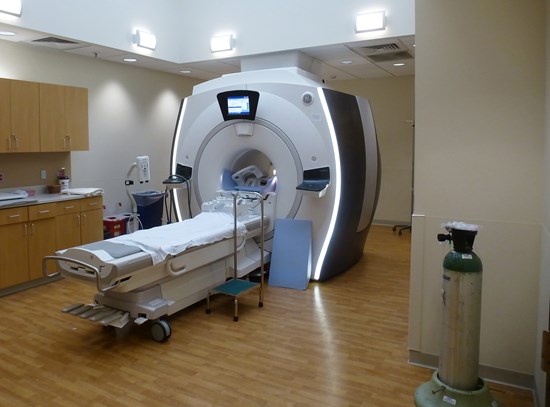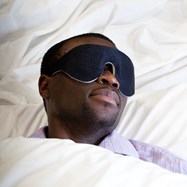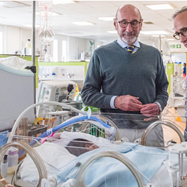Unlocking potential for next-generation medical scanning
The study of human neuroscience has been a strategic priority for the University of York’s Departments of Psychology and Chemistry since 2003. The university has used grant and quality-related (QR) funding to create a significant research programme to develop hyperpolarization with parahydrogen. This is a brand new technique which can dramatically increase the sensitivity of magnetic resonance imaging (MRI) scans. It is hoped that the technique will eventually mean that doctors can make a diagnosis in minutes, rather than days as is now the case, and tailor treatment more effectively to the needs of individual patients.

(Picture credit: by Liz West via Flickr)
There was an initial capital investment of £8.9 million to create the York Neuroimaging Centre and the Centre for Magnetic Resonance, and the university matched this with £5.5 million of its QR funding for ongoing staffing costs. These investments then provided opportunities to secure further grant funding and industry support of over £14.2 million to date, also matched by a further £2.6 million in university QR.
Most recently, the Medical Research Council has funded the establishment of a new £6.8m Advanced Imaging Centre based on the exploitation of hyperpolarization techniques. This centre, which opened in January 2017, is a collaborative partnership between the Universities of York and Leeds with Leeds Teaching Hospitals NHS Trust, and aims to transform the diagnosis and treatment of patients suffering from cancer, heart disease and musculoskeletal diseases.
The University of York has been only been able to successfully pioneer the hyperpolarization project over the last 11 years because at each stage of the project’s development they could strategically deploy QR funding for new equipment and facilities, to support staff and to leverage project funding from external sources.
-
Jessica Cole
jessica.cole@russellgroup.ac.uk
020 3816 1305
 X
X


